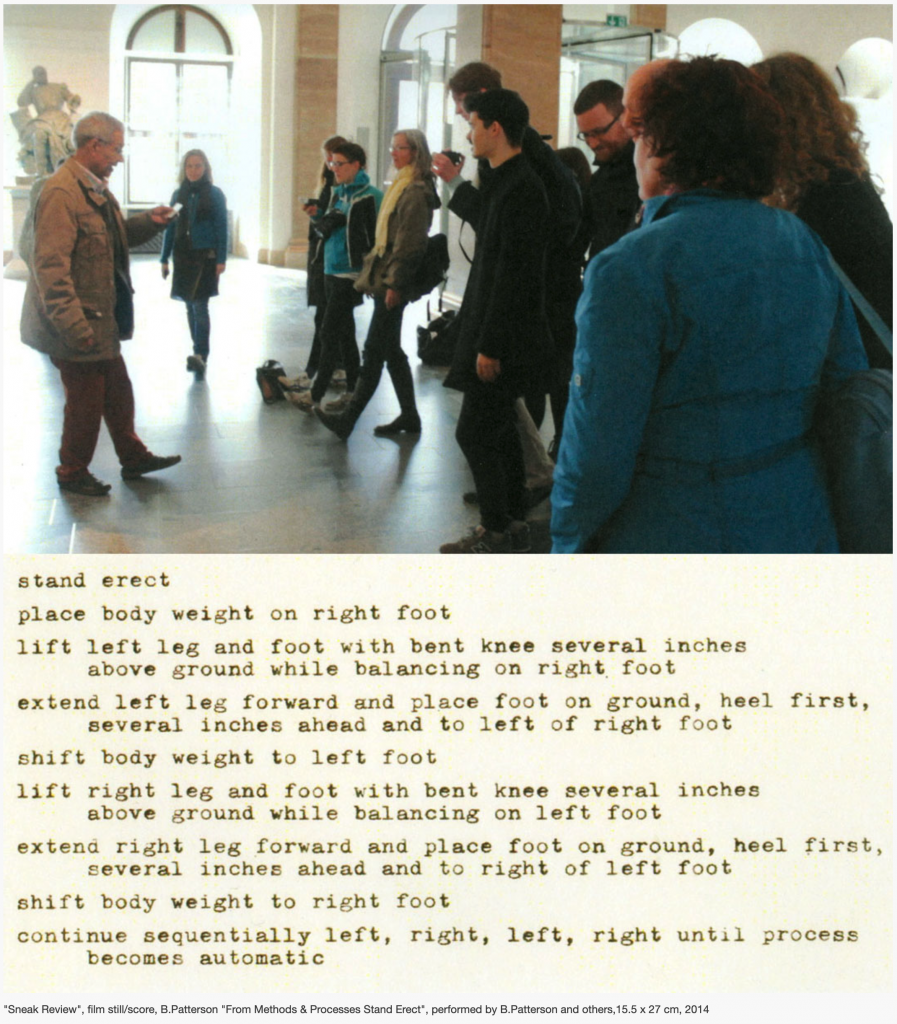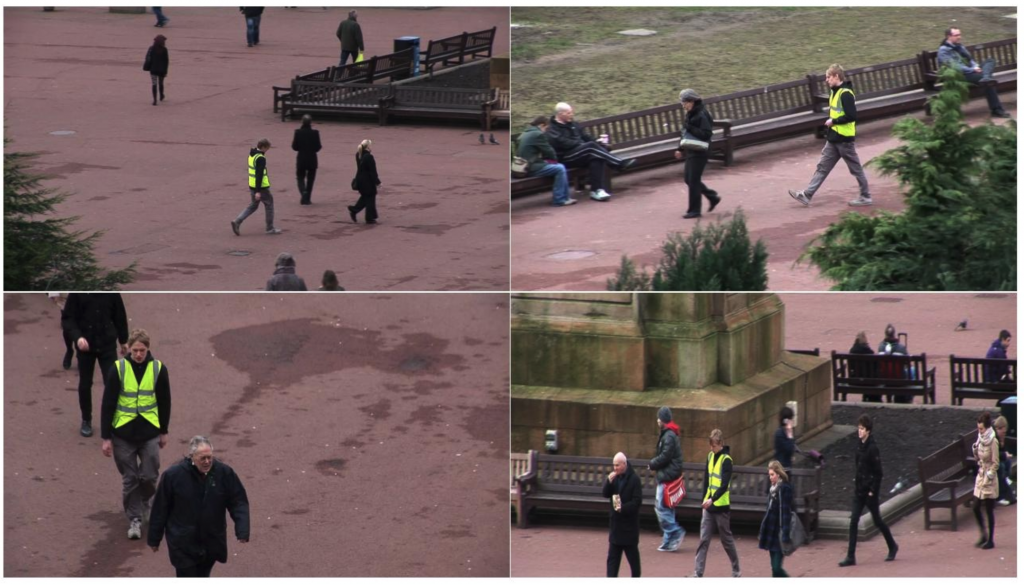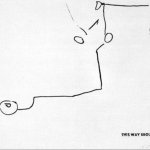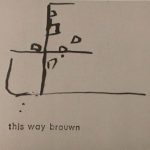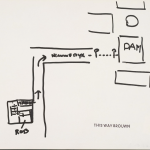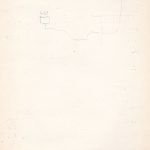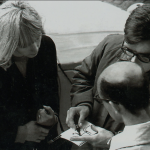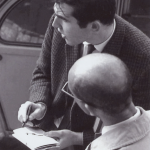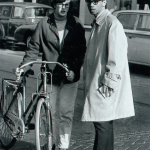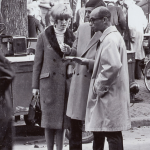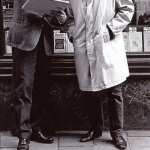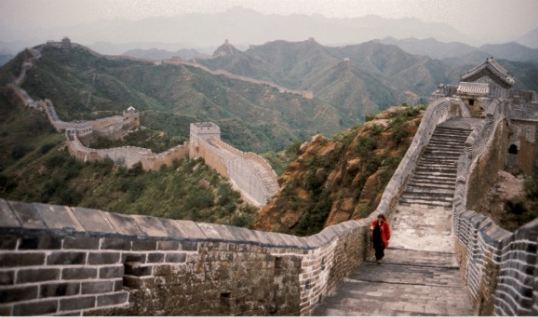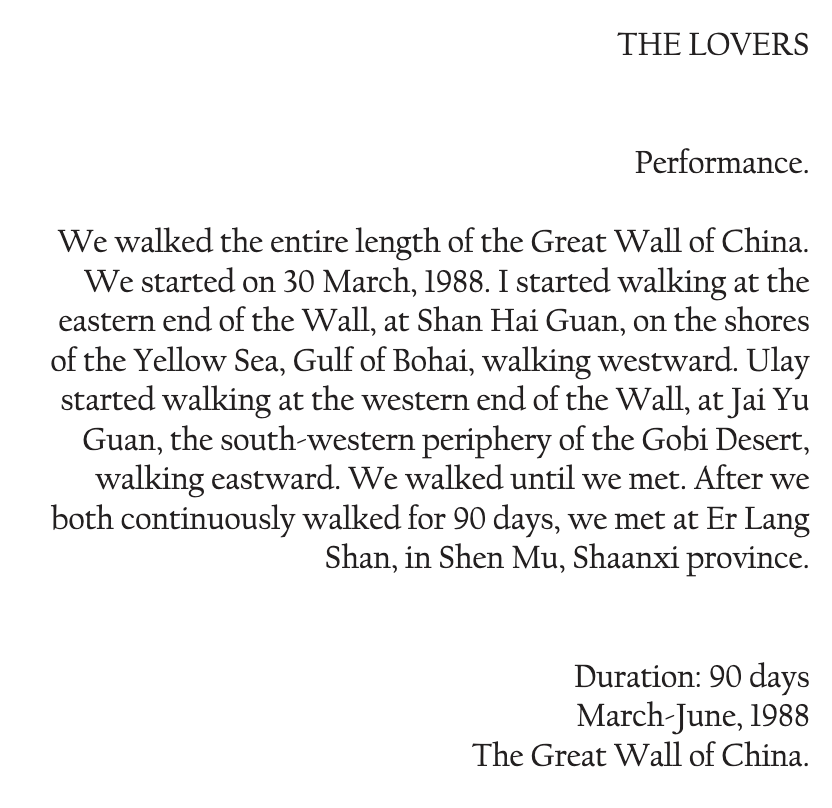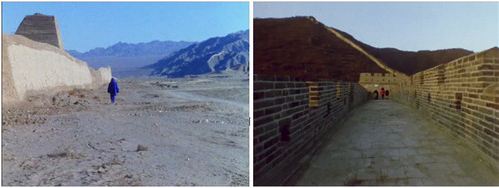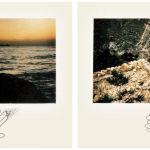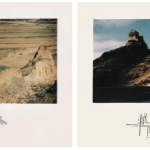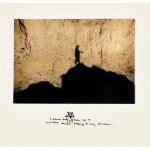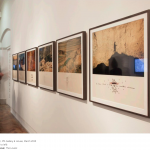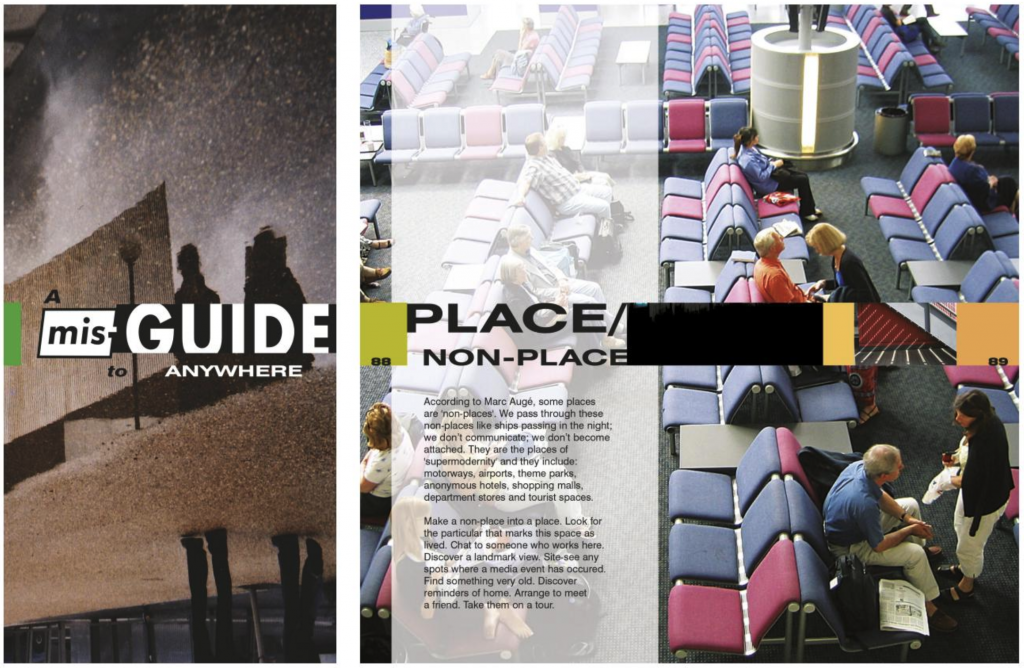
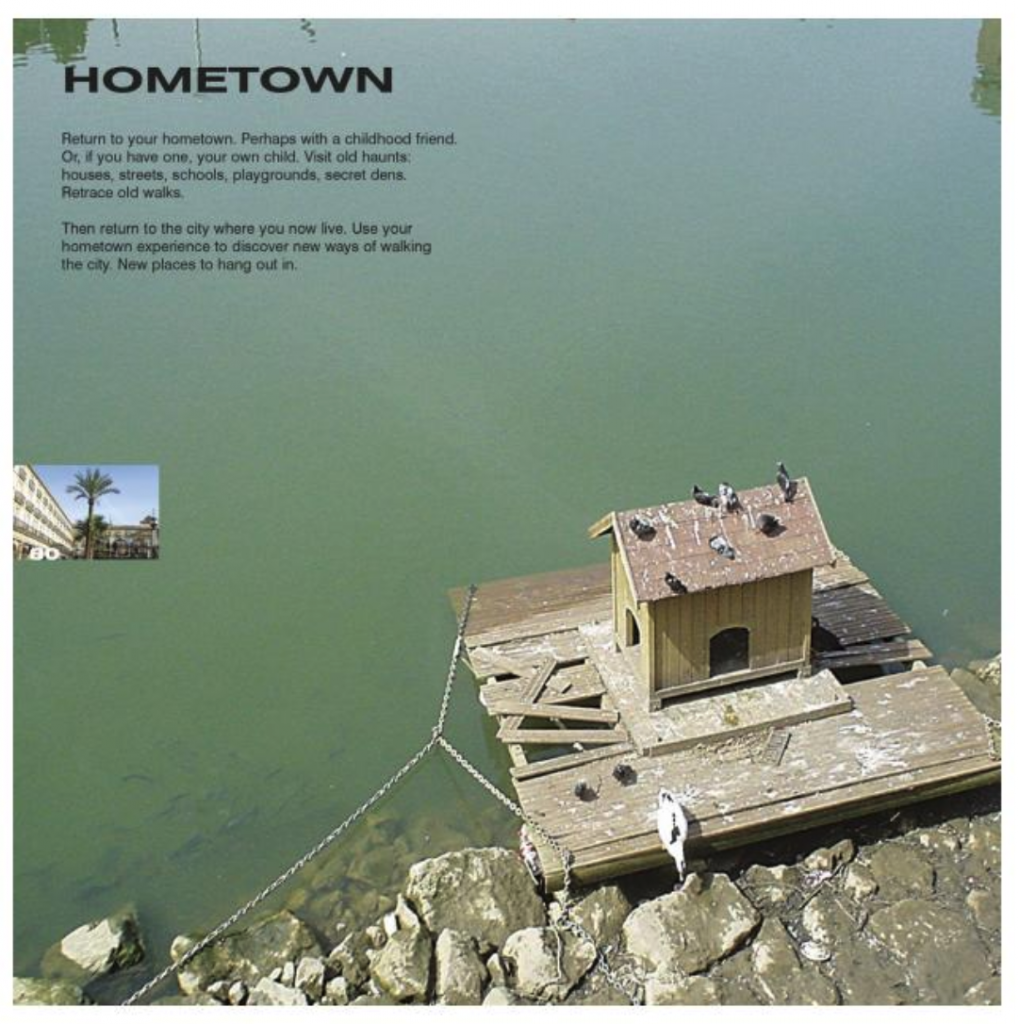
[credit]
“Wrights & Sites are a group of artists and researchers whose collaborative work is focused on their relationships to walking, cities and landscape. The group was founded in 1997 by Stephen Hodge, Simon Persighetti, Phil Smith and Cathy Turner.
They argue that “walking and exploring the everyday remains at the heart of all we do. What we make seeks to facilitate walker-artists, walker-makers and everyday pedestrians to become partners in ascribing significance to place. We employ disrupted walking strategies as tools for playful debate, collaboration, intervention and spatial meaning making. Our work, like walking, is intended to be porous”. Walking is accompanied by “dramaturgical strategies” – i.e. the outcomes of their works are often site-specific performances.
Their ‘Mis-guide to Anywhere’ is, they claim, “a utopian project for the recasting of a bitter world by disrupted walking”. Their work “links the tangible and the imagined” and is a form of “serious play”. It is an activity in which the role of the artist “might become that of guide, or mis-guide, rather than the narrator or interpreter of a particular place”.
Wrights & Sites make use of the intellectual toolbox associated with the canon of writing about the role of ‘the flaneur’, in order to arm us for a consumerized and militarized world. Wrights & Sites observe that in this strange era of the twenty-first century, to go walking in many parts of the world, from war zones like Afghanistan through to most British city centres, is to be under continual surveillance.”
